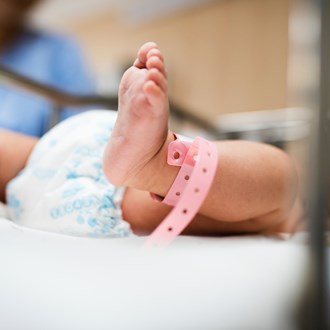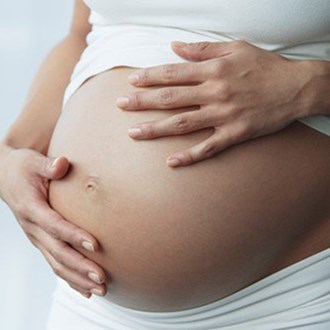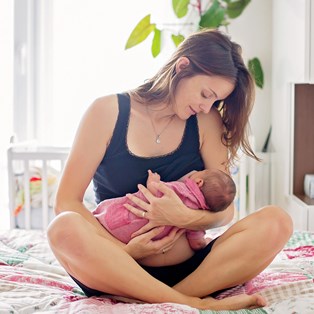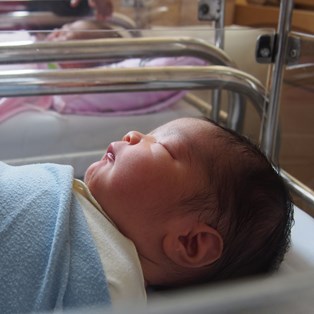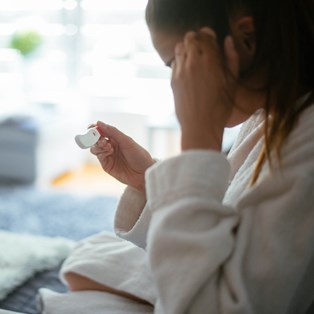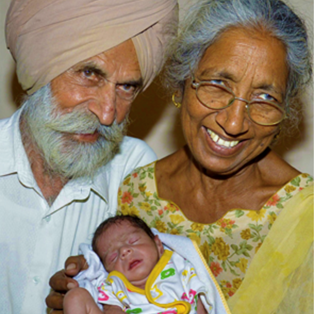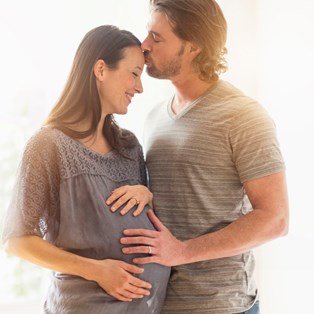Social egg freezing: everything you need to know

While it does have great benefits, it’s a decision that should not be made lightly.
By Dr David Knight
May 01 2017
While the process of freezing eggs for medical reasons has been used for around four years, particularly in patients set to undergo chemotherapy or other procedures where there is a significant risk to their fertility, there is now a growing trend towards egg freezing for social reasons.
Nowadays, as more and more women are deciding to delay having children, either they haven’t found the right partner, or they want to focus on their careers first, there is a demand for social egg freezing.
It became a possibility for women from around 2012. Many of the women undergoing social egg freezing see it as a way to ‘safeguard’ their fertility, and while it does have great benefits, it’s a decision that should not be made lightly.
Dr Knight is a Medical Director, Fertility Specialist, Obstetrician and Gynaecologist at Demeter Fertility shares everything you need to know about freezing your eggs.
The egg freezing process
The process of egg freezing (Oocyte cryopreservation) is essentially the process of IVF without an embryo transfer. Following preliminary tests including a blood test and ultrasound scan, a woman starts FSH injections of the third day of her period. These injections continue for approximately five days before a second injection is added. A nasal spray can be used to induce ovulation and the eggs can be retrieved by a needle at vaginal ultrasound under local anaesthetic. The eggs are then checked to confirm the are mature and are then frozen. The woman will then get her next period in two weeks’ time. It is recommended that at least three egg freeze cycles are performed to give women a realistic chance of conceiving when these eggs are fertilised to become embryos at a later date. With today’s embryology advances, the majority of frozen eggs should survive the freeze/thaw process. The eggs can be stored for a period of 10 years.
Following preliminary tests including a blood test and ultrasound scan, a woman starts FSH injections of the third day of her period. These injections continue for approximately five days before a second injection is added. A nasal spray can be used to induce ovulation and the eggs can be retrieved by a needle at vaginal ultrasound under local anaesthetic. The eggs are then checked to confirm the are mature and are then frozen. The woman will then get her next period in two weeks’ time. It is recommended that at least three egg freeze cycles are performed to give women a realistic chance of conceiving when these eggs are fertilised to become embryos at a later date. With today’s embryology advances, the majority of frozen eggs should survive the freeze/thaw process. The eggs can be stored for a period of 10 years.
The woman will then get her next period in two weeks’ time. It is recommended that at least three egg freeze cycles are performed to give women a realistic chance of conceiving when these eggs are fertilised to become embryos at a later date. With today’s embryology advances, the majority of frozen eggs should survive the freeze/thaw process. The eggs can be stored for a period of 10 years.
With today’s embryology advances, the majority of frozen eggs should survive the freeze/thaw process. The eggs can be stored for a period of 10 years.
What to consider
The most important aspect is deciding when is the most effective age to undertake this type of treatment. Egg freezing can be of great benefit to specific women and has the highest chance of success when performed at an earlier age. Conversely, however, the younger a woman is, the less likely she is going to actually have to use her frozen eggs as many young women will start families with their partners naturally before the need for frozen eggs is likely. For social egg freezing, the ages 35 - 37 years shows the largest benefit over no action and appears to be most cost-effective in women who do not have any ovarian impairment.
Negatives – there is no guarantee
For women who undergo a collection cycle, there is a misconception that getting more eggs in one cycle will give them their ‘best insurance’ for a baby later on, however, this is not necessarily the case. The ovary contains lots of eggs, about 1 to 2 million eggs at birth, around 400,000 eggs at puberty and loses about 1,000 eggs each month. Of the thousand eggs that die every month, maybe 5-50 at any one time, will be in a state that allows them to respond to the body’s hormones. These eggs all begin to grow, and the egg that is the most competent is the only one released. The eggs grow in little pouches of fluid in ovaries called follicles (or cysts). The ovary has internal workings to choose the follicle with the most competent egg to grow and mature during the natural cycle
The ovary contains lots of eggs, about 1 to 2 million eggs at birth, around 400,000 eggs at puberty and loses about 1,000 eggs each month. Of the thousand eggs that die every month, maybe 5-50 at any one time, will be in a state that allows them to respond to the body’s hormones. These eggs all begin to grow, and the egg that is the most competent is the only one released. The eggs grow in little pouches of fluid in ovaries called follicles (or cysts). The ovary has internal workings to choose the follicle with the most competent egg to grow and mature during the natural cycle
Of the thousand eggs that die every month, maybe 5-50 at any one time, will be in a state that allows them to respond to the body’s hormones. These eggs all begin to grow, and the egg that is the most competent is the only one released. The eggs grow in little pouches of fluid in ovaries called follicles (or cysts). The ovary has internal workings to choose the follicle with the most competent egg to grow and mature during the natural cycle
The ovary has internal workings to choose the follicle with the most competent egg to grow and mature during the natural cycle in the human species. This means - of all the eggs around at the time that might respond to the body’s hormones, the body chooses the best egg available. But how often on average does the body produce a ‘best egg’ is age dependent - probably once every 1-2 months at 20, once every 3 months at 30, every 4-6 months at 35 and once a year in the early 40s. Therefore ‘the more eggs collected’, does not necessarily promise a positive outcome.
This means - of all the eggs around at the time that might respond to the body’s hormones, the body chooses the best egg available. But how often on average does the body produce a ‘best egg’ is age dependent - probably once every 1-2 months at 20, once every 3 months at 30, every 4-6 months at 35 and once a year in the early 40s. Therefore ‘the more eggs collected’, does not necessarily promise a positive outcome.
Costs involved
The costs involved for social egg freezing can be up to $7885 per cycle. Should a woman choose to use her frozen eggs in the future, she can either fertilise them with her partner's sperm or can use donor sperm. The costs of the thawing, fertilising and implanting the embryos at this stage is approximately $4000.
About Dr David Knight
Dr David Knight, MBBS MD MRM FRANZCOG CMan MASRM
Dr Knight is a Medical Director, Fertility Specialist, Obstetrician and Gynaecologist at Demeter Fertility. With a history of innovation, he is a pioneer of Mild Ovarian Stimulation in Australia and one of Australia’s most experienced fertility specialists.


